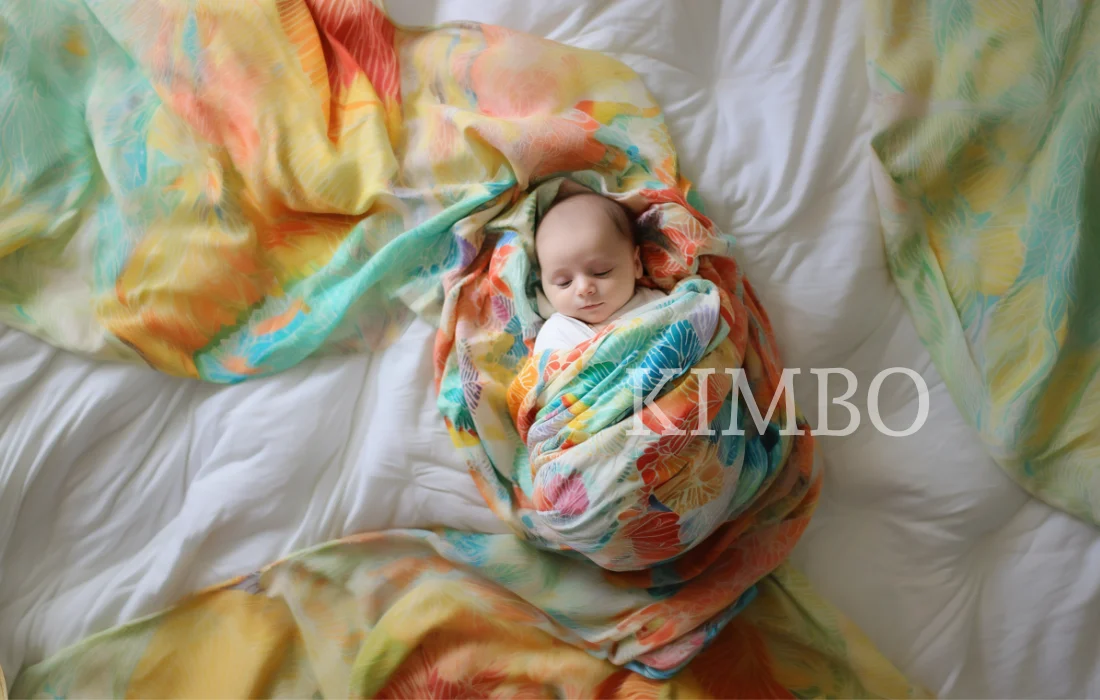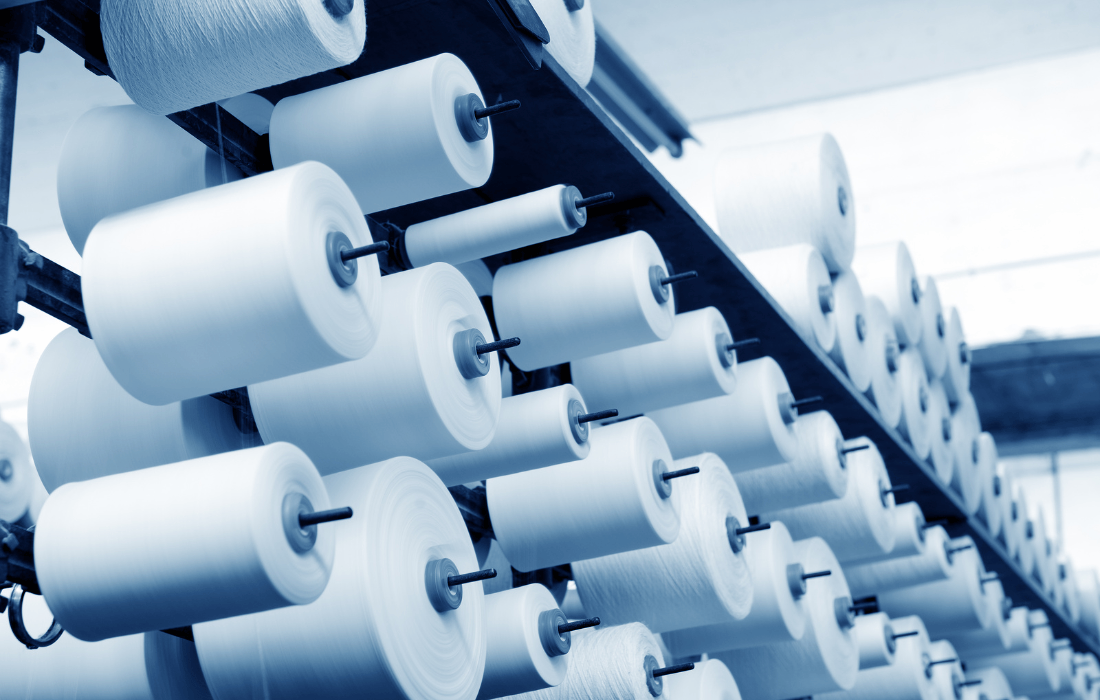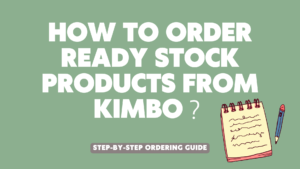What Determines the Cost of Your Gauze Baby Textiles?
A Deep Dive into Yarn and Weaving
- Update 08/10/2023
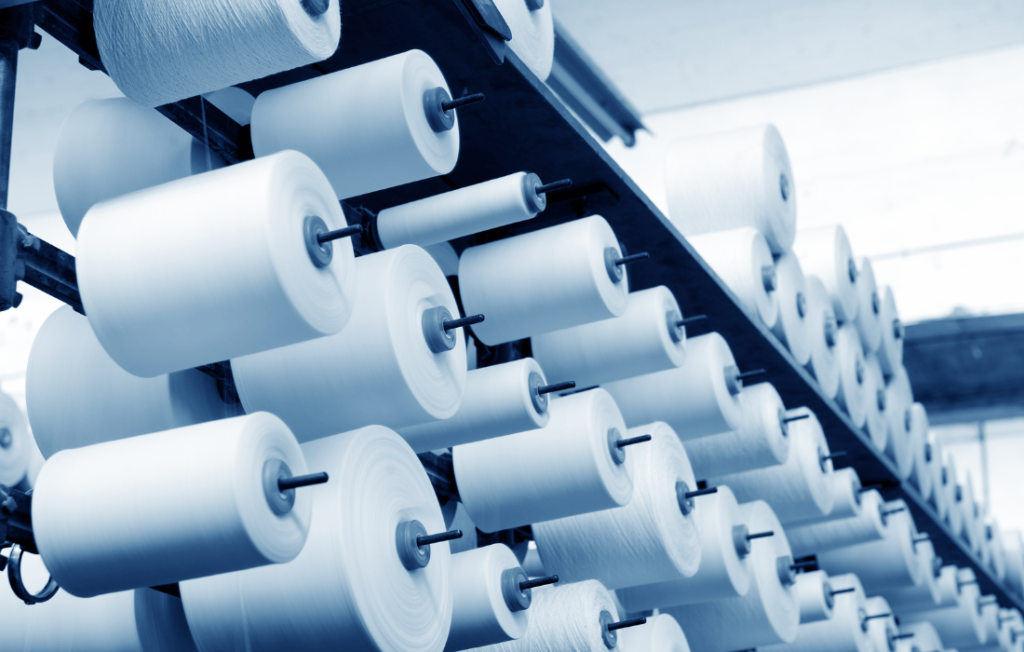
Hello, everyone! This is Jessica from KIMBO.
Ever found yourself scratching your head, wondering, “Why does the same product have such varied prices across different baby products suppliers?” It’s like navigating a maze of quotes, each turn more confusing than the last. The frustration of feeling lost amidst a sea of numbers is something many of us have experienced. But fret not! In this series, we’ll unravel the mysteries behind the cost differences in manufacturing. Today, we’ll kick things off by diving deep into the world of yarn and fabric weaving.
目录
1. Yarn Materials: More Than Meets the Eye
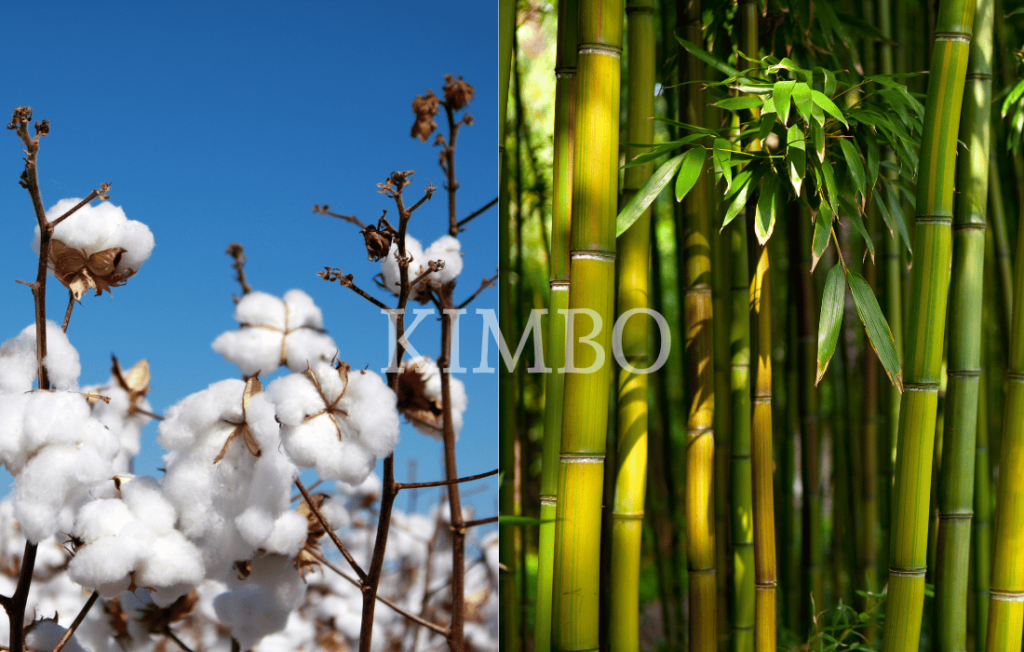
1.1 Cotton 100%
- Description: Think of cotton as that reliable friend who’s always there. It’s the go-to for many, especially in baby home textiles and clothing.
- Impact: Cotton prices can be a rollercoaster, influenced by global market trends.
1.2 Bamboo 100%
- Description: The eco-warrior of textiles. Bamboo’s gaining traction, especially for its soft touch on baby skin.
- Impact: It’s a bit on the pricier side, but hey, quality and sustainability have their value.
1.3 Bamboo-Cotton Blend
- Description: Imagine the best of both worlds – that’s this blend for you. Gauze typically uses a blend of 70% bamboo fiber and 30% cotton.
- Impact: A sweet spot in pricing, offering both comfort and durability.
2. Yarn Quality: It's All in the Details
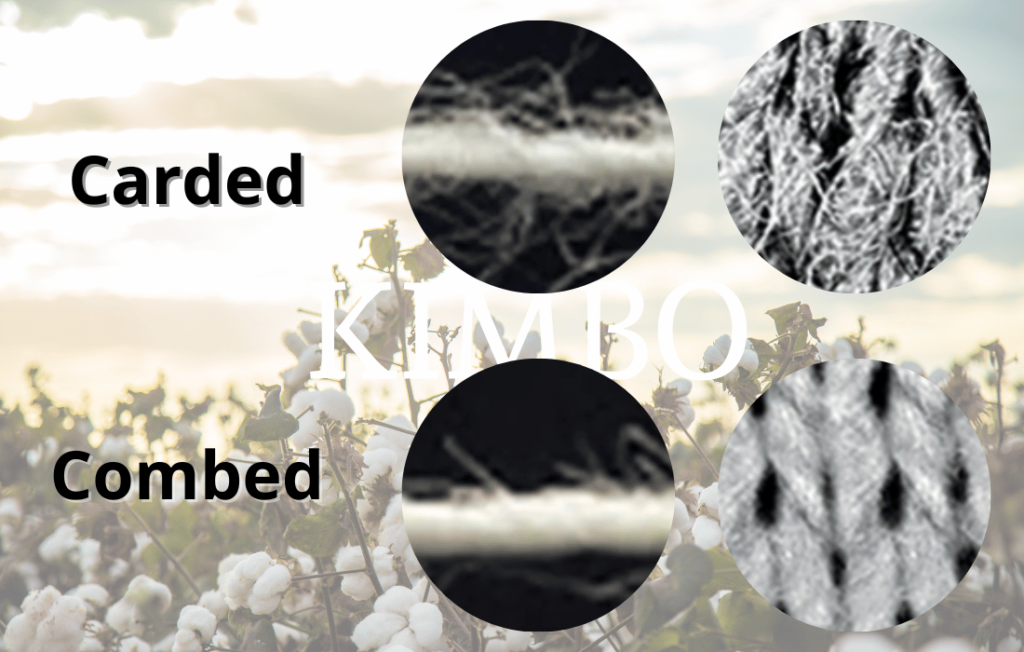
2.1 Carded:
- Description: The everyday hero of yarns. Versatile and budget-friendly.
- Impact: It won’t break the bank and is great for bulk production.Being a more affordable option, it’s commonly used in mass-produced items. However, this type of yarn often lacks uniform thickness, may contain mixed colored yarns, and the resulting fabric can have occasional loose fibers. Additionally, its luster is generally average.
2.2 Combed:
- Description: The refined cousin of carded. It’s all about that smooth finish.
- Impact: A tad more expensive, but the quality speaks for itself. This is evident in its smoother touch, clean fabric surface free from loose fibers, and enhanced luster.
2.3 Organic Cotton:
- Description: The green choice for the eco-conscious.Organic cotton is often backed by certifications to validate its authenticity and sustainable practices. Some of the most recognized certifications include:
Global Organic Textile Standard (GOTS): A leading standard for organic fibers, including ecological and social criteria, backed by independent certification of the entire textile supply chain. Official Link
Organic Content Standard (OCS): This certification tracks the presence and amount of organic material in a final product and tracks the flow of the raw material from its source to the final product. Official Link
USDA Organic: Managed by the National Organic Program (NOP), it certifies agricultural products, including cotton, that meet the USDA organic standards. Official Link
- Impact: A bit of a splurge, but the planet thanks you for it.
2.4 By Origin:
- Description: Just like wine, the origin matters. Whether it’s Xinjiang ,India or American, each has its charm.
- Impact: Some origins might have a premium tag, but they bring unique properties to the table.
3. Yarn Specifications: Let's Talk Numbers
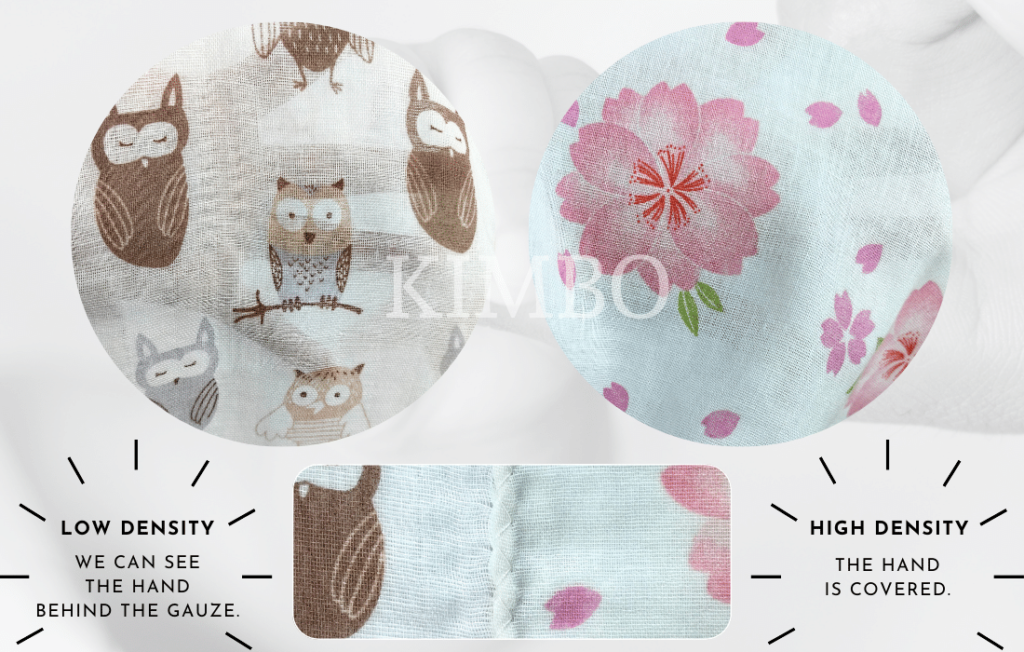
- Description: Ever heard of terms like 16s/21s/32s/40s or 60s and wondered what they mean? They’re yarn counts, indicating the thickness of the yarn. Simply put, the higher the number, the finer the yarn, and correspondingly, the higher the cost.
- Impact: Nowadays, products like muslin blankets, gauze clothing, and muslin washcloths typically utilize 40s cotton yarn. The 40s yarn strikes a balance between price and feel, offering the best value for money, making it the most popular choice among manufacturers and consumers alike.A select few high-end products opt for the 60s cotton yarn, offering a silky-smooth touch, but naturally, they come with a heftier price tag.On the other hand, 21s and 30s cotton yarns are generally reserved for the products like lower-end cloth diapers and baby blankets. Due to their harder feel, they aren’t as commonly used.
4. Fabric Specifications: Beyond the Surface
- Description: Fabric density might sound technical, but it’s just about how closely the yarns are woven.
- Impact: Denser fabrics exude a sense of luxury. They offer a softer touch, superior print quality, and a more substantial feel to the product. However, this comes at a slightly elevated price.
Conclusion
As we’ve journeyed through the intricacies of yarn and weaving, it’s evident that the world of gauze fabric is vast and varied. Each choice, from yarn type to weaving technique, plays a pivotal role in determining the final baby product’s quality and price. But the story doesn’t end here. In our next installment, we’ll delve into the cost breakdown of gauze fabric dyeing and printing, shedding light on another crucial aspect of baby textile production.
Stay tuned for our next deep dive and ensure you’re follow us. Don’t miss out on unraveling the mysteries of baby textiles manufacturing with us!

